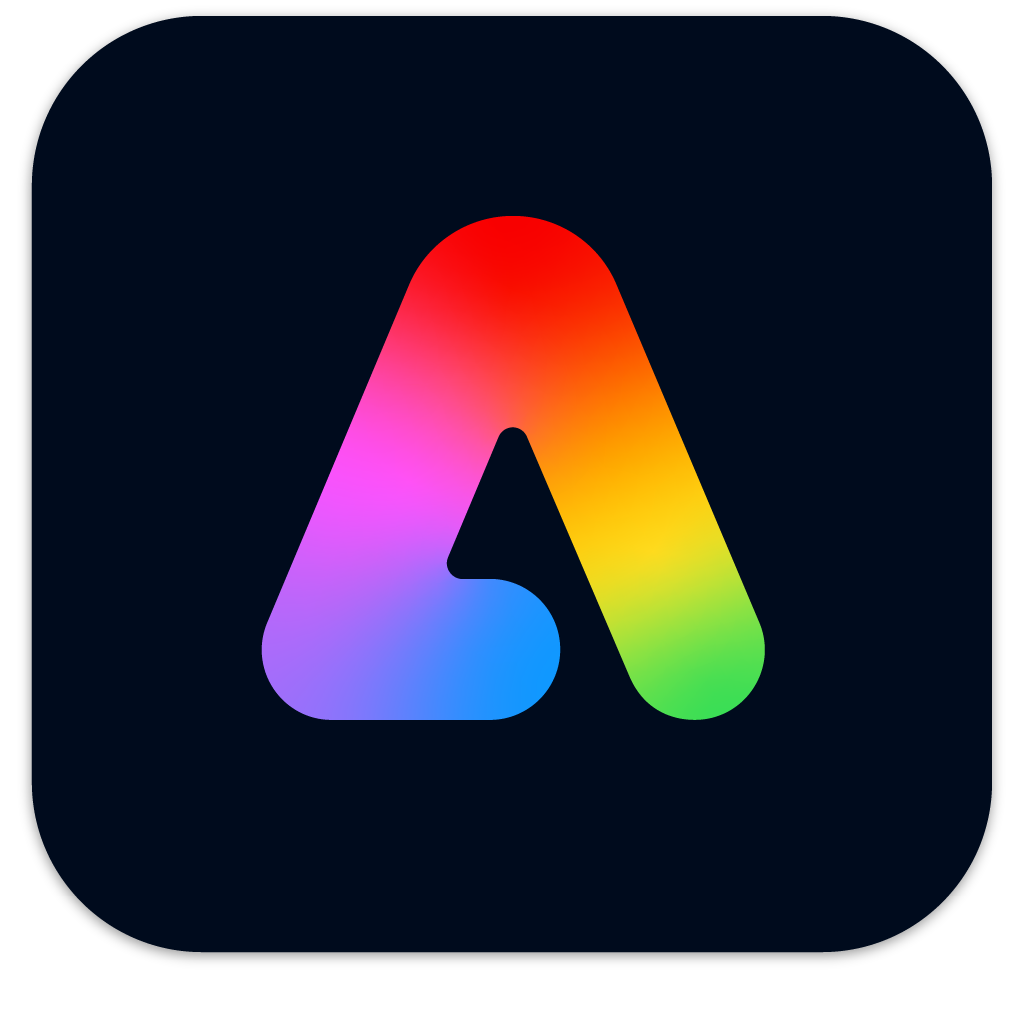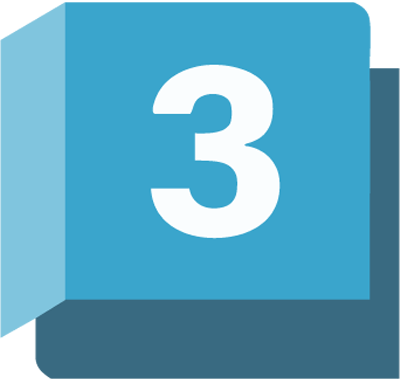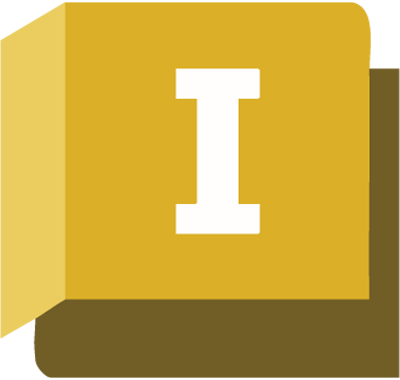Adobe InDesign 2025 Certification Course
Learn how to make an impact with print using InDesign! In this course, Eric Cornish guides you through real-world design projects that build your confidence and skills as you master page layout, typography, interactive elements, and visual hierarchy. You’ll get hands-on with tools for creating posters, brochures, and multi-page documents, while exploring design principles, production […]
Adobe InDesign 2025 Certification Course Read More »



